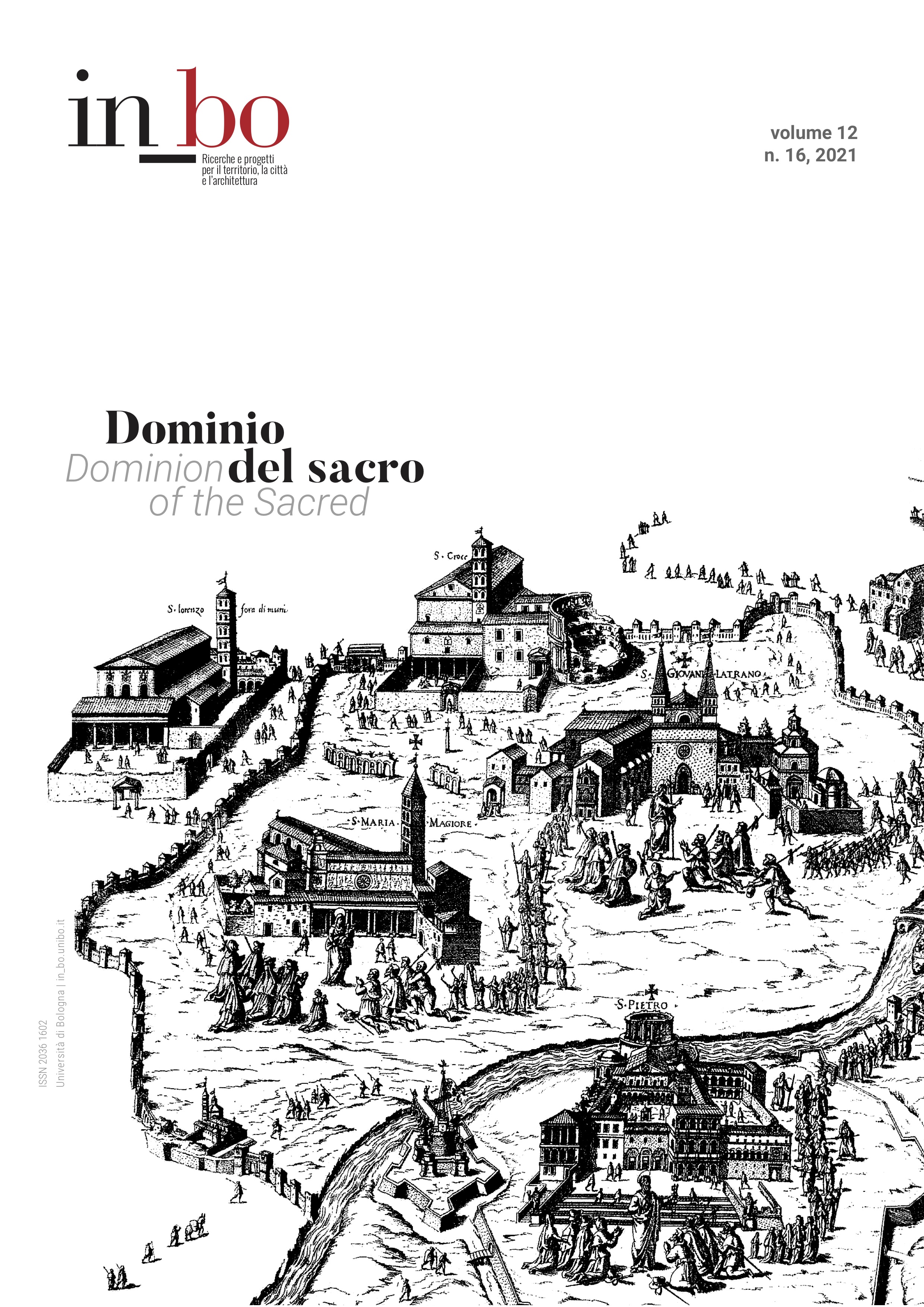Venetia Reflected in Water: Hypotheses and New Proposals
DOI:
https://doi.org/10.6092/issn.2036-1602/13015Keywords:
Venice, urban history, history of representation, history of conventual architecture, history of Renaissance architectureAbstract
The essay aims to investigate for the first time in a systematic way the plan of Venice (Venetia) by Gian Battista Arzenti, a canvas painted in oil, collected at the Correr Museum and recently dated to 1621–26 (by Gianmario Guidarelli 2015). The plan depicts the city as a very compact and homogeneous body, at a time in its urban history when part of the great transformations designed by Cristoforo Sabbadino in the previous century have now come to an end. The painter's gaze offers an almost isotropic view of the city, where the Marciana area (which has a central role in previous depictions, such as that of Jacopo de 'Barbari, 1500) is only one of the celebratory fulcrums of the city, together with the Grand Canal (with its parade of patrician palaces) and the Arsenale. In this visual reworking of Venice, the role of monasteries and convents is central, but not predominant compared to the other elements of the city. The marble facades of the Benedictine churches of San Zaccaria and San Giorgio Maggiore and the bulk of the mendicant churches of the Frari and San Zanipolo emerge from the surrounding fabric without imposing themselves on the surrounding space, re-entering the logic of a harmonious and compact city. As for the smaller churches (above all, parish and brotherhood churches) the painter's logic frames them as an integral part of urban scenes (such as the Riva delle Zattere). In light of these considerations, we propose to map the occurrences of cultic buildings in the plan and to verify their visual role in the construction of the urban representation, in a balance between religious and civil buildings, between infrastructures and natural network of canals which Venice celebrates as an image of social and political harmony.
Downloads
Published
How to Cite
Issue
Section
License
Copyright (c) 2021 Gianmario Guidarelli, Elena Svalduz

This work is licensed under a Creative Commons Attribution-NonCommercial 3.0 Unported License.





